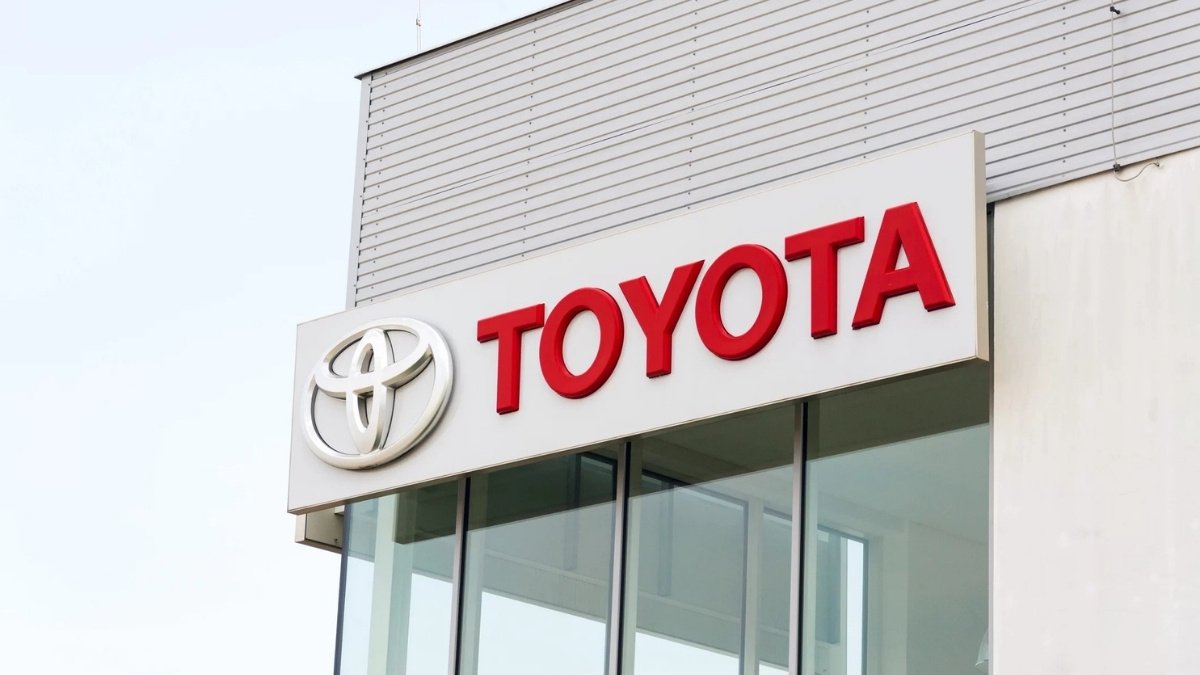The global automotive landscape just shifted in a big way. Toyota has announced a massive $912 million investment into its U.S. manufacturing operations, reinforcing its strategy of building vehicles “where they are sold” and doubling down on the hybrid market at a time when electric vehicle momentum is slowing.
This investment is part of a long-term plan that could reach $10 billion by 2030 — a signal that Toyota is preparing for a new era of competition, technology and political pressure in the automotive world.
A Multi-State Expansion With Huge Implications
The $912 million will be spread across several Toyota facilities in the United States, with the largest portion — $453 million — going to the company’s plant in Buffalo, West Virginia. The goal: dramatically increase production of four-cylinder hybrid engines, a cornerstone of Toyota’s transition strategy.
Other major investments target plants in Kentucky, Mississippi, Missouri and Tennessee, boosting capacity for hybrid systems and future powertrains. The company also stated the expansion will create over 250 new jobs, with more expected as additional phases roll out.
For Toyota, this isn’t just about raising output. It’s about securing its place in an increasingly volatile global market — and ensuring it remains ahead of the competition as the rules of the automotive game evolve.
Why This Move Matters
Toyota’s decision isn’t just industrial. It’s strategic, political and economic all at once.
- Hybrids are resurging as consumers grow uncertain about EV charging networks, battery costs and long-term maintenance.
- Local manufacturing shields automakers from tariffs, trade tensions and supply chain disruptions.
- The U.S. market remains Toyota’s largest battleground — and winning it requires more than importing cars.
- The investment boosts its public image by tying Toyota to job creation and American industry.
At a time when some automakers are scaling back their EV ambitions, Toyota is doubling down on its long-criticized hybrid-first strategy — and recent market trends seem to validate that choice.
A Politically Charged Announcement
The announcement gained even more media traction when Toyota CEO Akio Toyoda appeared at a NASCAR event wearing a MAGA hat and a “Trump-Vance” T-shirt. Whether intentional or not, the moment immediately went viral and fueled debate about Toyota’s political positioning in the U.S. market.
While the company avoided commenting on the gesture, analysts say it highlights how tightly intertwined the automotive industry has become with U.S. politics, tariffs, and industrial policy.
What Comes Next?
The auto industry is evolving faster than ever, and Toyota’s move raises several key questions:
- Will other automakers follow Toyota’s hybrid-heavy approach?
- Can U.S. factories ramp up quickly enough to meet surging demand?
- Will this investment accelerate a broader reshoring trend in the industry?
- How will policymakers respond — especially with EV incentives under scrutiny?
One thing is certain: Toyota has made a decisive statement about the future of mobility — one that blends electrification with pragmatic manufacturing strategies and an undeniable sense of geopolitical awareness.
The next decade of automotive innovation may not belong exclusively to electric vehicles. And Toyota intends to lead whatever comes next.
